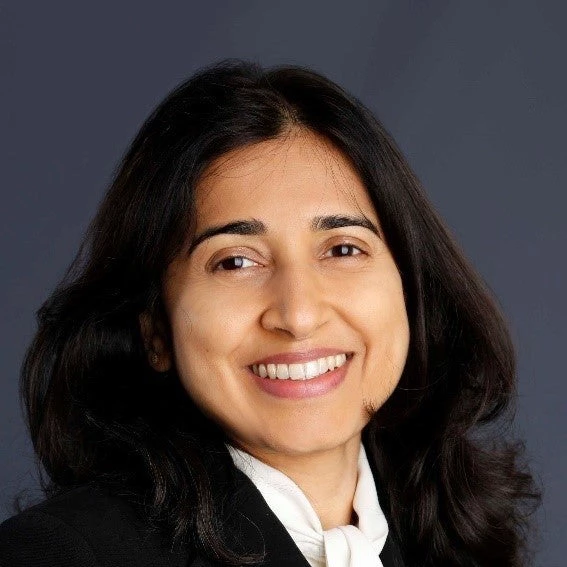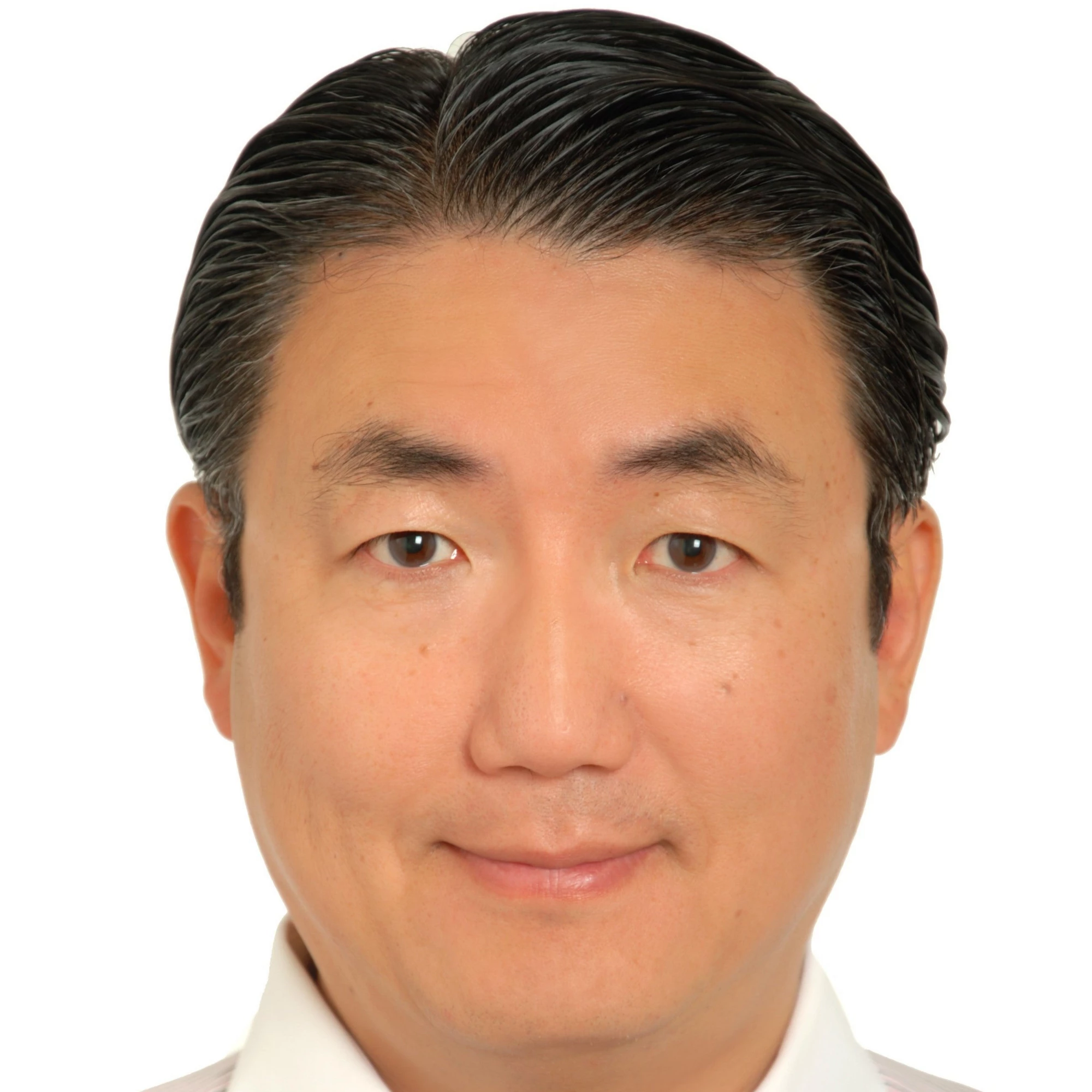 A medic administers the COVID-19 vaccine to a woman at a vaccination centre in Malpura village near Beawar, Rajasthan, India.
A medic administers the COVID-19 vaccine to a woman at a vaccination centre in Malpura village near Beawar, Rajasthan, India.
COVID-19 arguably triggered the worst global catastrophe since World War II, killing at least 6.5 million people, damaging economies, and impairing human development. Yet, the pandemic has also been a catalyst for much needed health system reform, particularly around primary health care (PHC). Stronger PHC services lead to better care throughout people’s lives and play an important role in pandemic prevention, preparedness, response, and recovery.
We’d like to highlight three examples of PHC reforms – in Pakistan, the Lao PDR, and India – that have contributed to increasingly resilient health systems in their respective countries.
India’s digital vouchers reduce out of pocket payments
World Bank estimates show India’s life expectancy—at 69.8 in 2020, up from 58 in 1990—is higher than the average for the country’s income level. As COVID-19 stretched the country’s health systems, the World Bank is supporting the government’s efforts with a $500 million Public Health Systems for Pandemic Preparedness Program to detect and report epidemics of international concern. India also aims to strengthen service delivery through a redesigned PHC model, supported by a $500 million Enhanced Health Service Delivery Program, which includes improved access to primary healthcare facilities.
But people have been struggling with how much they need to pay for health services upfront at the point of care. In response, the government of India is piloting a prepaid digital voucher called e-RUPI. Beneficiaries of the country’s national insurance program can use this digital voucher to access diagnostic services and medicines.
Now, poor and vulnerable populations can get the pre-paid voucher on their mobile phones as an SMS or QR code and use it to redeem services at specified hospitals or clinics within the stipulated time. e-RUPI will work on a basic phone and requires no internet connection. Users don’t even need a bank account. Currently the e-RUPI is being piloted in a few states but is expected to play an increasing role in direct-benefit transfer from government agencies to individual citizens.
Financing strategies improve Lao health service quality

In Laos, the government cut its central budget for operational expenditure by 30 percent in 2020 and inflation hit a high of over 41 percent in February 2023. The government is now pushing to increase the efficiency and effectiveness of public spending and improve the quality and service coverage of healthcare by adopting innovative financing strategies like that used in the Health and Nutrition Services Access Project, which is supported by the World Bank, the Global Fund and the Government of Australia.
This project strengthens primary health care systems to deliver essential health and nutrition services and enhance the sustainability of programs addressing maternal and child health, immunization, tuberculosis, and HIV prevention. It uses performance-based instruments that release funds to health facilities based on assessments of their service quality.
Since 2020, a quality and performance scorecard system has been running in 881 health centers across 16 provinces. To date, over $3 million has been committed to centers scoring well enough to qualify for funding. The money has been used for a range of improvements including additional medicine and supplies, and repairing walls and toilets for improved hygiene and safety.
Pakistan invests in primary health care facilities

To do this efficiently, Pakistan developed a package of essential health services to identify and prioritize what would be covered by government funding. Evidence was gathered to help consider the burden of disease, budget impact, efficiency, feasibility, fairness and socio-economic context. The data was then used to prioritize services at all levels of care. The most cost effective and high impact interventions were identified at PHC level and covered reproductive maternal and child health, nutrition, infectious diseases, and non-communicable diseases.
This reform to essential health services will help the people of Pakistan access the care they need, when they need it most. To translate policy into action, the government, under the National Health Support Program, aims to strengthen equitable delivery and quality of primary health care services in support of UHC. This was supported by the World Bank, Global Financing Facility, the Bill and Melinda Gates Foundation, GAVI, and the Global Fund to Fight AIDS, Tuberculosis, and Malaria.
Two sides of the same coin
Perhaps COVID-19’s greatest lesson is that we must be better prepared for future health crises. A profound way to do this is to invest in increasingly efficient, effective, and resilient primary health care systems. A world where everyone has equal access to quality health services, no matter where they live or what their income is, is one that will be better equipped to deal with future disease outbreaks. In this sense, pandemic preparedness and advancing the goal of universal health coverage are two sides of the same coin. The key is to keep on learning from the past, and from each other, so we continue to innovate for the future.




Join the Conversation